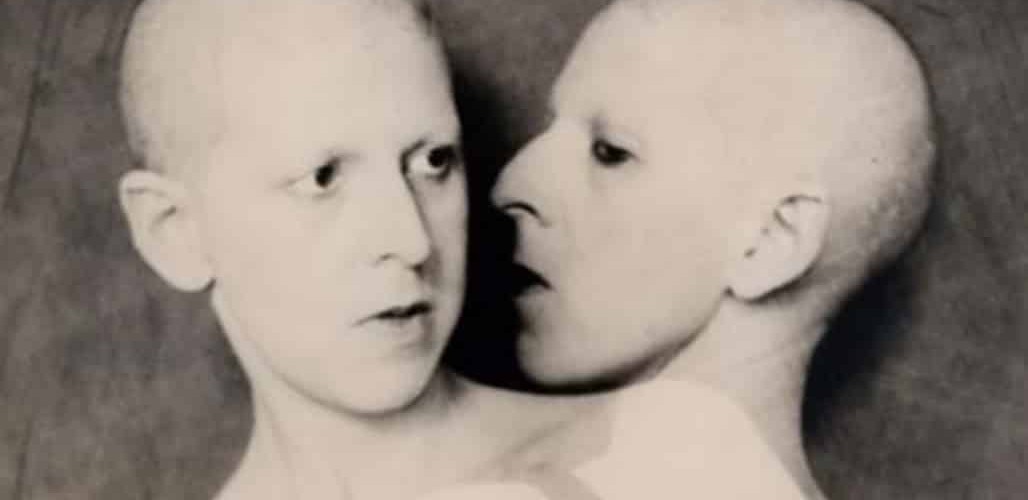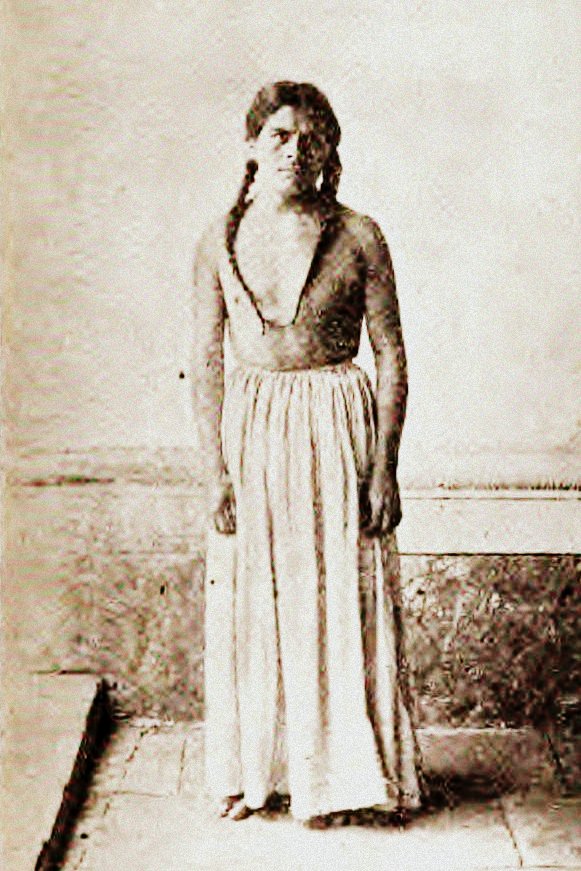Human Hermaphrodite Cases: A Journey Into Nature’s Mysteries. Life is full of surprises, and sometimes biology throws us curveballs that challenge our understanding of human anatomy. Hermaphroditism in humans, or intersex conditions, is one such phenomenon that fascinates scientists, doctors, and the general public alike. It’s not just about science; it’s about real people with incredible stories. Let’s dive into this extraordinary world where nature defies conventional norms.
You might have heard whispers about human hermaphrodite cases, but what exactly does it mean? Simply put, it refers to individuals born with both male and female reproductive organs or characteristics. This isn’t as rare as you might think, and the stories behind these cases are as diverse and complex as the people themselves.
Throughout history, these individuals have faced stigma, misunderstanding, and sometimes even discrimination. But today, we’re here to shine a light on their journeys, celebrate diversity, and learn more about the science behind it all. So, buckle up, because we’re about to take a deep dive into some incredible human hermaphrodite cases.
Read also:Raghav Shakti The Rising Star Whorsquos Making Waves
Understanding Human Hermaphrodite Cases
Before we dive into specific cases, let’s break down what it means to be a human hermaphrodite. Medically speaking, the term “hermaphrodite” has been replaced with “intersex” in recent years. Intersex individuals are born with a combination of male and female anatomical traits, which can manifest in various ways. It’s not just about external genitalia; it can also involve internal reproductive structures, hormones, and chromosomes.
Studies suggest that intersex conditions occur in about 1.7% of the population, making it as common as having red hair. Yet, it remains a topic shrouded in mystery and misconception. Let’s clear the air and explore the science behind it.
What Causes Intersex Conditions?
The causes of intersex conditions are varied and can involve genetic, hormonal, and developmental factors. Here are a few common causes:
- Chromosomal variations: Some individuals are born with atypical chromosome patterns, such as XXY, XO, or XYY.
- Hormonal imbalances: Exposure to certain hormones during fetal development can lead to the development of both male and female characteristics.
- Developmental anomalies: Issues during the formation of reproductive organs can result in intersex traits.
Each case is unique, and the combination of factors can vary widely. It’s important to approach each individual with empathy and understanding, recognizing that their journey is deeply personal.
Real-Life Human Hermaphrodite Cases
Now that we’ve covered the basics, let’s explore some real-life cases that highlight the diversity and complexity of intersex conditions. These stories are not just about biology; they’re about resilience, identity, and acceptance.
Case Study 1: Harnaam Kaur
Harnaam Kaur is a well-known advocate for intersex rights and body positivity. Born with Androgen Insensitivity Syndrome (AIS), Harnaam’s body doesn’t respond to male hormones, leading to a unique set of physical characteristics. Despite facing challenges, she has embraced her identity and uses her platform to raise awareness about intersex issues.
Read also:Avenue Hector Otto The Hidden Gem Of Urban Exploration
Case Study 2: The Story of Calpernia Addams
Calpernia Addams, a transgender woman and advocate, was born with intersex traits. Her journey from confusion to self-acceptance is a powerful testament to the importance of education and support. Calpernia has become a voice for intersex and transgender communities, using her story to inspire others.
Intersex Conditions in History
Intersex individuals have been a part of human history for centuries, though their stories have often been hidden or misunderstood. Ancient cultures, such as the Greeks and Romans, had myths and legends about hermaphrodites, often depicting them as divine beings. In more recent history, intersex individuals were often subjected to medical interventions without their consent, leading to trauma and loss of identity.
Today, there’s a growing movement to recognize and respect intersex rights, ensuring that individuals have the autonomy to make decisions about their own bodies.
The Evolution of Medical Approaches
In the past, intersex children were often subjected to surgeries aimed at assigning a specific gender. However, modern medicine is shifting towards a more holistic approach, prioritizing the well-being and autonomy of the individual. This includes delaying non-essential surgeries until the person can make an informed decision.
Challenges Faced by Intersex Individuals
Despite progress, intersex individuals still face numerous challenges, including stigma, lack of representation, and inadequate healthcare. Here are some of the key issues:
- Stigma and discrimination: Many intersex individuals face societal prejudice and misunderstanding.
- Limited access to healthcare: Specialized care for intersex conditions is not always readily available.
- Identity struggles: Navigating one’s identity in a binary world can be difficult for intersex individuals.
Addressing these challenges requires a collective effort from society, healthcare providers, and policymakers.
Advocacy and Support
Thankfully, there are organizations and advocates working tirelessly to improve the lives of intersex individuals. Groups like InterACT and the Intersex Society of North America (ISNA) provide resources, support, and education to empower intersex communities.
Intersex Rights and Legal Protections
In recent years, there’s been a push for legal protections for intersex individuals. Countries like Germany and Australia have implemented laws allowing individuals to choose a third gender option on official documents. This recognition is crucial for ensuring that intersex people can live authentically and free from discrimination.
However, there’s still much work to be done globally to ensure equal rights and protections for all intersex individuals.
The Role of Education
Education is key to breaking down barriers and promoting acceptance. By teaching people about intersex conditions, we can reduce stigma and foster a more inclusive society. Schools, healthcare providers, and communities all have a role to play in spreading awareness and understanding.
Science and Research
Advancements in science and medicine continue to deepen our understanding of intersex conditions. Researchers are studying everything from genetic factors to hormonal influences, shedding light on the complexities of human development. These discoveries not only help improve medical care but also challenge outdated assumptions about gender and sexuality.
For example, recent studies have shown that intersex traits can occur in a wide variety of ways, emphasizing the spectrum of human diversity.
Breaking Myths and Misconceptions
There are still many myths surrounding intersex conditions. Some people believe that intersex individuals are rare or that they always require medical intervention. The truth is far more nuanced. Intersex traits occur in a significant portion of the population, and many people live healthy, fulfilling lives without any medical intervention.
Conclusion: Embracing Diversity
In conclusion, human hermaphrodite cases, or intersex conditions, are a fascinating and important aspect of human diversity. By understanding the science, sharing real-life stories, and advocating for rights and protections, we can create a more inclusive and accepting world.
So, what can you do? Start by educating yourself and others about intersex issues. Support organizations working to empower intersex communities. And most importantly, treat every individual with respect and compassion.
Leave a comment below and share your thoughts on this topic. Together, we can make a difference!
Table of Contents
- Understanding Human Hermaphrodite Cases
- Real-Life Human Hermaphrodite Cases
- Intersex Conditions in History
- Challenges Faced by Intersex Individuals
- Intersex Rights and Legal Protections
- Science and Research
- Conclusion: Embracing Diversity


